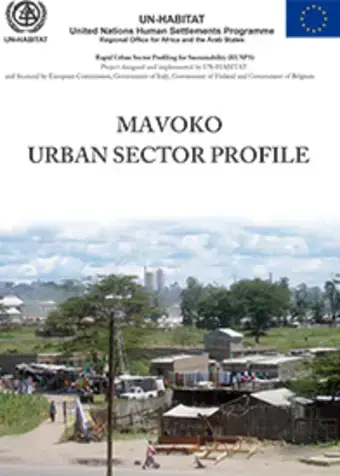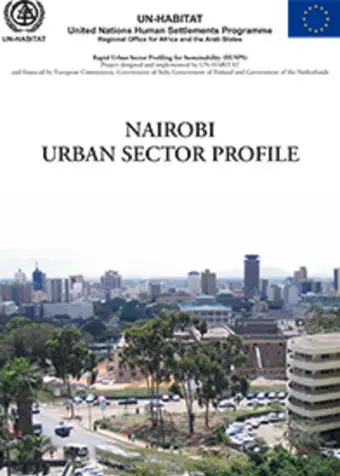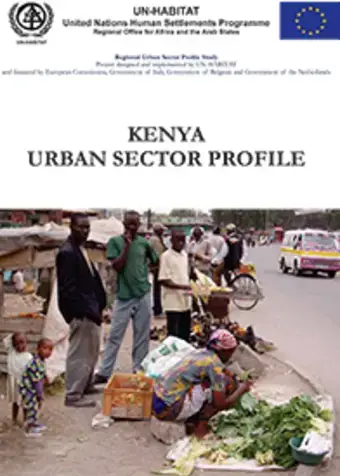In this lecture, Janice Perlman discusses urban informality against the background of 40 years of research in the favelas of Rio de Janeiro. The lecture lays particular emphasis on how the changes over this timespan have affected the lives of the people in the favelas. She concludes by introducing the Mega-Cities project strategy to 'shorten the lag time between ideas and implementation' in urban problem solving.
‘Street-led city-wide slum upgrading’ - Claudio Acioly, UN-Habitat
The strategy brought forward by Claudio Acioly (UN-Habitat) uses streets as the natural conduits that connect slums spatially and physically with the city and treats streets not only as a physical entity for mobility and accessibility -- through which water and sewerage pipes, power lines, and drainage systems are laid – but also as the common good and the public domain where social, cultural and economic activities are articulated, reinforced and facilitated.
53 UN-Habitat Model Projects 2013/2014 , Time to Think Urban
 The efforts of UN-Habitat have been focused on building a brighter future for developing cities, which are most in need of support in guiding the process of urbanization. This catalogue of projects centres on three fundamental generators of wealth and employment in cities: planning and urban design, urban law and urban economy.
The efforts of UN-Habitat have been focused on building a brighter future for developing cities, which are most in need of support in guiding the process of urbanization. This catalogue of projects centres on three fundamental generators of wealth and employment in cities: planning and urban design, urban law and urban economy.
Country Activities Report 2011
 UN-HABITAT’s country activities are focused on supporting governments in the formulation of policies and strategies to create and strengthen a self-reliant management capacity at both national and local levels. Technical and managerial expertise is provided for the assessment of human settlements development problems and opportunities.
UN-HABITAT’s country activities are focused on supporting governments in the formulation of policies and strategies to create and strengthen a self-reliant management capacity at both national and local levels. Technical and managerial expertise is provided for the assessment of human settlements development problems and opportunities.
Scaling-Up Affordable Housing Supply in Brazil
 Since 2009, Brazil has been implementing an ambitious national social housing programme: the My House, My Life Programme (Programa Minha Casa, Minha Vida). The Programme was designed to stimulate the production and acquisition of new housing units for the low- and low-middle income population. The initial goal was to contract 1 million housing units in the biennium 2009-2010.
Since 2009, Brazil has been implementing an ambitious national social housing programme: the My House, My Life Programme (Programa Minha Casa, Minha Vida). The Programme was designed to stimulate the production and acquisition of new housing units for the low- and low-middle income population. The initial goal was to contract 1 million housing units in the biennium 2009-2010.




